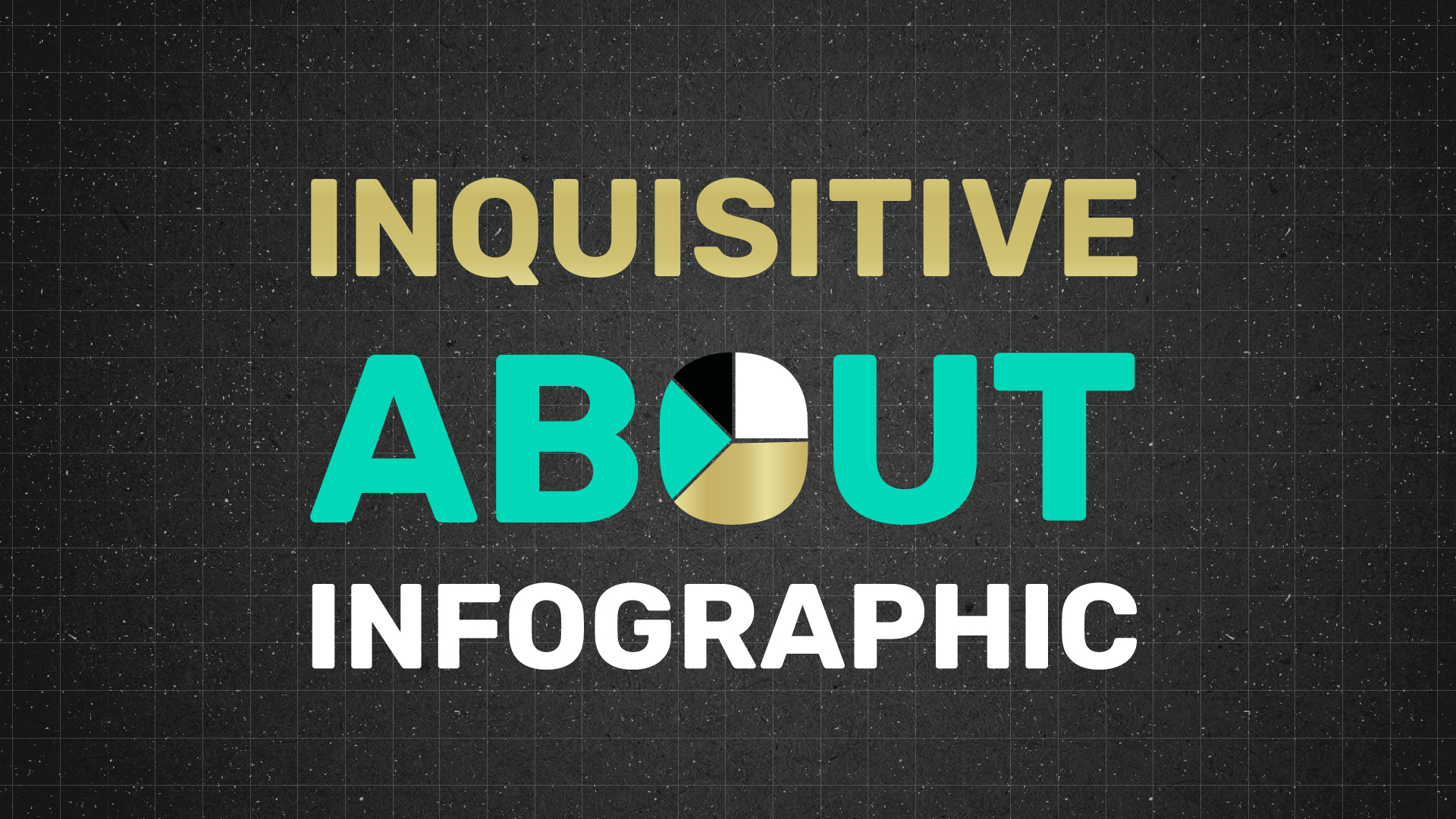An infographic visually represents complex data. It is a break up of concepts, ideas and data that is turned into visually digestible chunks, this makes it easier for the target audiences to understand difficult topics. Most of the information is based on facts done by various methods of research.
Let’s dive into it further
The inception of infographics can be traced back to ancient times when humans used visual symbols and drawings to convey information. Egyptian pictograms were one of the earliest forms of visual communication. These pictograms were simple drawings or symbols that represented objects, concepts, or ideas. They were often inscribed on walls, pottery, and other surfaces which included religious, administrative, and everyday communication.
No doubt the modern concept of infographics is a fusion of graphic design and storytelling. It gained prominence in the mid-20th century and underwent transformative changes, marking a pivotal era in evolution. During this era, there were a lot of artistic movements, that were inspired by technological advancements.
One of the major changes that took place was the contemporary impact. It reshaped design principles to be characterised by simplicity, functionality, and a focus on form and function. Clean lines, minimalism, and grid-based layouts were common features.
Why do we need infographics?
Infographics are a valuable tool for many reasons. They serve multiple purposes and offer numerous benefits across different fields. Users are naturally drawn to visuals and instruments like colour, imagery and design elements to capture attention which keeps them engaged.
Textual information is a mundane way to present data. Readers often need to exert more cognitive effort to understand and retain the information. It leads to mental fatigue and lowers the bar of information retention.
How do infographics help Brands?
Infographics can offer numerous advantages to brands, aiding them in various aspects of their communication and marketing strategies. Infographics are highly engaging due to their visual nature.
They attract and retain the audience’s attention more effectively than plain text. Creative and well-designed infographics are shareable content.
When audiences find infographics valuable and informative, they are more likely to share them on social media platforms, increasing the brand’s visibility and reach. Brands can use infographics to convey quick tips, statistics, or other relevant information
Sharing infographics on a brand’s website can increase traffic as well. Informative and visually appealing infographics can attract visitors who are interested in the content which will lead them to improve the website’s SEO. Which will result in higher search engine rankings and increased organic traffic.
Brands can strategically place CTAs within their infographics to guide viewers toward specific actions, such as signing up for newsletters, visiting the website, or making a purchase.
In essence, infographics offer a versatile tool for brands to effectively communicate with their audience, foster engagement, and establish themselves as a valuable source of information within their respective industries.
What are the types of Infographics that one can create?
Statistical Infographics: Also known as data visualizations, these infographics use graphs, charts, and diagrams to present statistical data in a visually appealing way. Bar graphs, pie charts, line charts, and scatter plots are often used to showcase trends, comparisons, and correlations.
Informational Infographics: These are used to explain a process, concept, or idea. They often use a combination of text and visuals to guide the viewer through a step-by-step explanation. DIY, tutorials, and explainer graphics fall into this category.
Timeline Infographics: Timeline infographics visually depict the chronological order of events. They’re useful for presenting historical information, project timelines, or the evolution of a product or industry.
Comparison Infographics: These infographics are designed to highlight differences or similarities between two or more subjects. They can use side-by-side comparisons, tables, or other visual elements to illustrate contrasts.
Hierarchical Infographics: Also called pyramid infographics, these represent information in a hierarchical structure, often with the most important or broadest point at the top, followed by supporting details in descending order.
Process Infographics: These infographics detail a step-by-step process, workflow, or procedure. They’re commonly used to explain complex processes in a simplified manner.
Geographic Infographics: Geographic infographics use maps, graphs, and other visual elements to convey information related to geographical locations, such as population distribution, regional trends, or demographic data.
In Conclusion
Their role in the digital age is indispensable. Brands harness their visual allure to captivate attention, drive engagement, and enhance brand awareness. By presenting complex information through a harmonious blend of visuals and succinct text, infographics transcend language barriers and cognitive limitations.
The fusion of design artistry and storytelling prowess has birthed a medium that not only captivates but educates, engages, and empowers. Infographics excel at distilling intricate data, processes, and ideas into visually digestible fragments, making them accessible to diverse audiences.
As digital realms expand, so does the versatility of infographics. From statistical data and timelines to educational content and interactive experiences, infographics adapt to the information they bear, offering a plethora of formats to cater to diverse communication needs.
